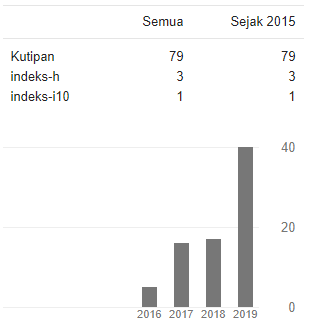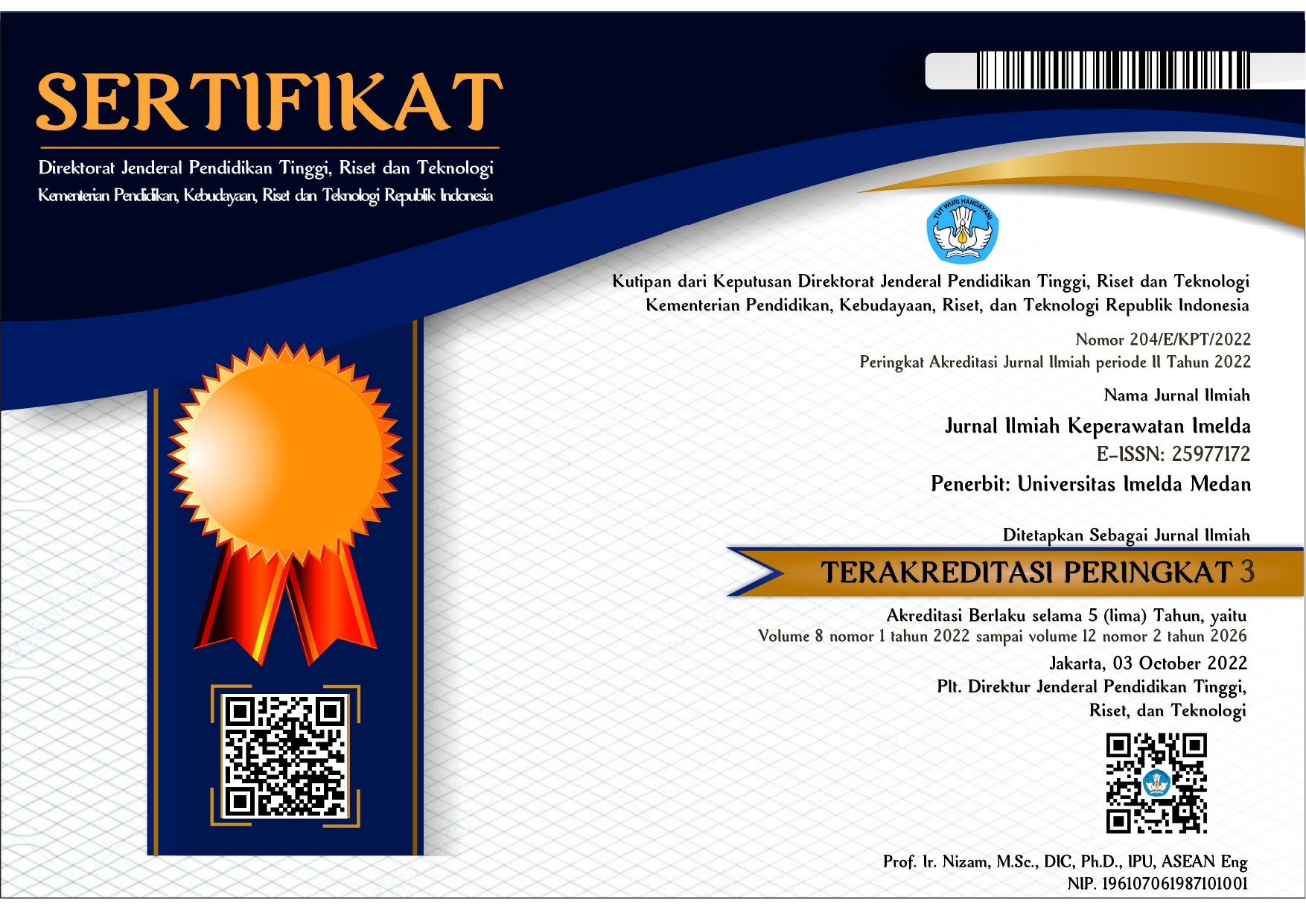PENGARUH PENERAPAN METODE CRM (COSTEMER RELATIONSHIP MANAGEMENT) TERHADAP PUS (PASANGAN USIA SUBUR) DAN ASEPTOR KB KHUSUSNYA JENIS KB HORMONALUNTUK MENINGKATKAN KEPATUHAN BERKUNJUNG SESUAI JADWAL DI RUMAH SAKIT UMUM IMELDA PEKERJA INDONESIA (RSU IPI) MEDAN TAHUN 2019
DOI:
https://doi.org/10.52943/jikeperawatan.v6i1.376Keywords:
Acceptor, Customer Relationship Management, CRM, KB, SMSAbstract
Family Planning Program in the working area of ??RSU (IPI) Medan. Awareness about the importance of contraception in Indonesia still needs to be improved and reminded to KB acceptors to visit on schedule to prevent the increase in population in Indonesia and reduce the failure rate in the Family Planning program ( KB). Customer Relationship Management (CRM) is an information technology industry term for a combination of methodology, strategy and software created to help a company manage its relationships with customers. CRM can be used as a bridge of health services to family planning acceptors in the delivery of information related to contraception, for example information to injecting family planning acceptors to get family planning services according to the schedule in the working area of ??Medan General Hospital (IPI).
This study aims to see and find out the Implementation of the CRM (Costemer Relationship Management) Method for PUS (Fertile Age Pairs) and KB acceptors, specifically the Hormonal KB type to Increase Visiting Compliance according to Schedule at the Imelda Indonesia Workers General Hospital (RSU IPI) Medan in 2019. Research This uses a Quasy design experiment without comparison, with a population of 61 people per month and sampling using a non-probability sampling method using accidental sampling. Data analysis techniques using univariate and bivariate data analysis with a significant level of 95% (?0.05). The results of this study indicate that the influence of the adoption of the CRM (Costemer Relationship Management) Method on PUS (Fertile Age Pairs) Especially KB Acceptors To Increase Visit Compliance on Schedule with a value of P = 0,000 ± ? 0.05 in Medan General Hospital (IPI) in 2019. Based on the results of the study it is expected that health workers and researchers can understand and improve the provision of IEC to mothers.
Downloads
References
Arinta, F, 2018. Efektivitas Program Kampung KB Guna Mewujudkan Keluarga Kecil Mandiri (Studi Kasus: Tiga Orang Penerima Program Kampung KB di Lingkungan IX Kelurahan Harjosari II). Univsersitas Sumatera Utara
BKKBN (Badan Koordinasi Keluarga Berencana Nasional). 2008. Program Pelayanan Keluarga Berencana (KB). Jakarta.
Danardatu, Aloysius Heru. 2003. Pengenalan Customer Relationship Management (CRM). IlmuKomputer.Com. Diakses tanggal 15 Maret 2011.
Dasuki, D, dkk. 2018. Unimet need KB pada pasangan usia subur. Yogyakarta
Hartanto, Hanafi. 2004. Keluarga Berencana dan Kontrasepsi, Jakarta: PT.Pustaka Sinar Harapan.
Notoatmodjo, S. 2012. Promosi Kesehatan, teori dan aplikasi. Cetakan Jakarta:Rineka Cipta
Notoatmodjo, S. 2012. Promosi Kesehatan, teori dan aplikasi. Cetakan Jakarta:Rineka Cipta
Program KKBPK dalam SDKI 2017 Jurnal Keluar, Informasi Kependudukan. KB dan Pengembanga: Jakarta.
Setiadi, 2007, Konsep & Penulis Riset Keperawatan. Yogyakarta : rohima press.
Yunianingsih, Trian. 2009. Sistem Informasi Pelayanan Kunjungan Pasien KB di Rumah Bersalin Delima Merkah Cicalengka. KTI. Jurusan Manajemen Informatika Fakultas Teknik dan Ilmu Komputer Universitas Komputer Indonesia:Bandung.
Downloads
Published
How to Cite
Issue
Section
License
Copyright (c) 2020 Jurnal Ilmiah Keperawatan Imelda

This work is licensed under a Creative Commons Attribution-NonCommercial 4.0 International License.









